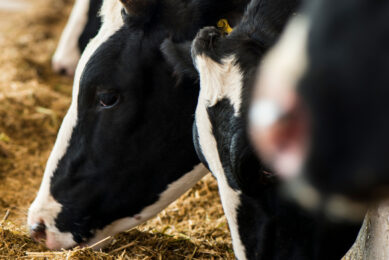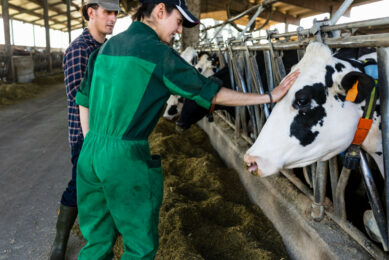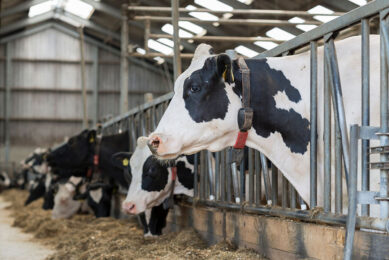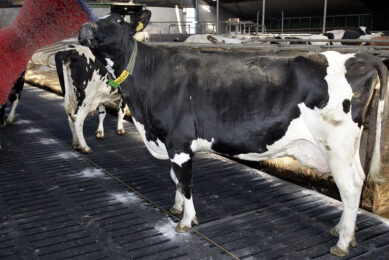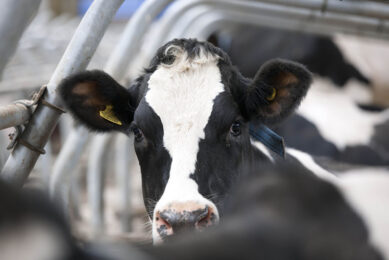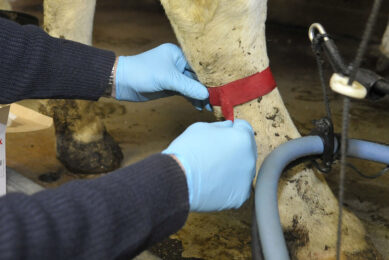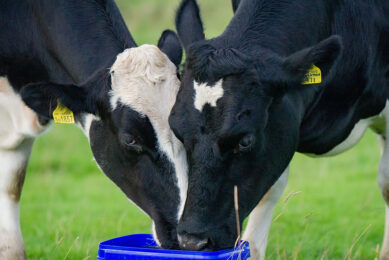Ketosis or milk fever is a metabolic disease in which a cow finds itself in a negative energy balance. Ketosis occurs when cows consume too little feed immediately after calving compared to the amount of milk produced. The energy intake is lower than the energy requirement, resulting in a glucose deficiency. As a consequence, the cow breaks down its fat reserves to provide energy. The liver then cannot completely break down all fatty acids, so that ketone bodies are produced. The ketone bodies get into the blood, urine or milk. Large concentrations of ketone bodies are toxic. A distinction is made between clinical and subclinical ketosis. When it comes to clinical ketosis, the symptoms are immediately visible. Symptoms are not (yet) observable in subclinical ketosis.
Ketosis (Acetonaemia)
To make up for the lack of energy, the cow breaks down its own body fat. Ketones are formed during this degradation process. Ketosis is often a result of another condition such as: mastitis, uterine inflammation, abomasum displacement and lameness. Because of these disorders, cows consume less feed. When a cow is in ketosis, they have a decreased appetite, decreased milk production, dull coat and abnormal manure. In addition, they get lethargic. Another typical symptom is that the breath and urine smell like acetone, due to the ketones. Ketosis is most common when a cow is in lactation for 4 to 6 weeks.
Cows with ketosis or milk fever have too high levels of ketone bodies in the blood, urine or milk. With a ketone test, ketosis can be easily diagnosed.
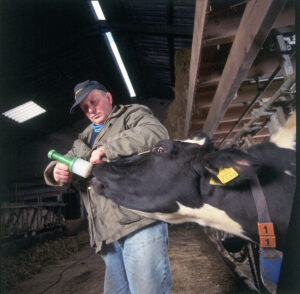
When a cow is in ketosis, it must be treated quickly. The energy deficiency can be remedied by means of a glucose infusion. Furthermore, propylene glycol is a good source of energy for the cow, which can be administered orally.
Prevention of ketosis already starts at the end of a lactation. It is important that the cows have a desired body condition score when they enter the dry period. A cow should not be too fat, but also not too skinny. This can be controlled by adjusting the ration of cows that are almost drying off, the feed should not contain too much or too little energy.
To avoid ketosis, fermentation efficiency and propionate production can be increased. Give glucogenic supplements (propylene glycol) that reduce fatty acid mobilisation by increasing glucose and insulin. In addition, a niacin (vitamin B3) supplement can be given. Niacin is important for the energy supply of the body and the production of fatty acids.
It is also important to pay attention to: prevention of heat stress, sufficient space at the feeding fence and a short calving interval.


